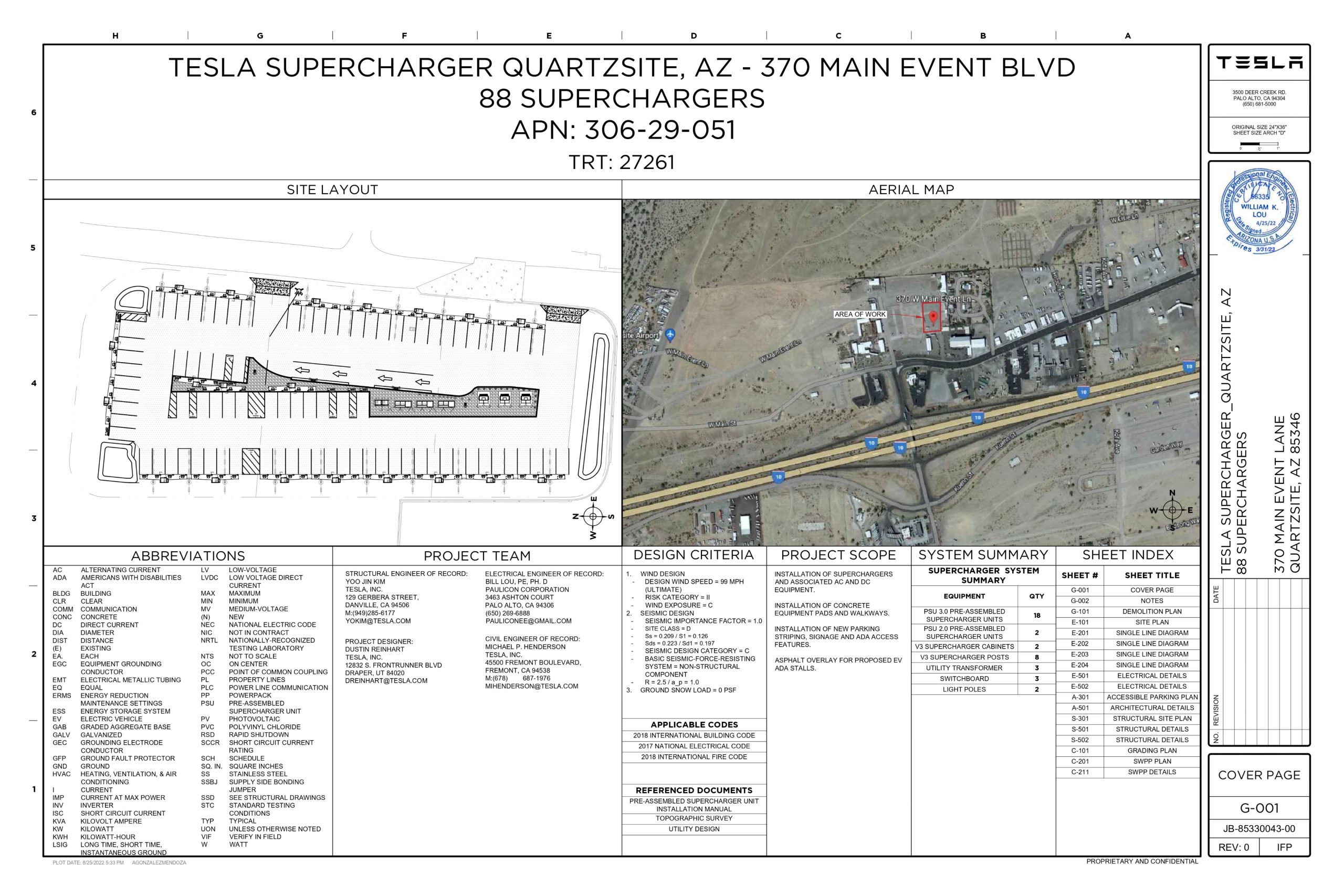- Joined
- Mar 7, 2020
- Messages
- 7,305
- Reaction score
- 10,580
- Location
- Naples, FL
- Cars
- Model S Plaid, Odyssey
- Air DE Number
- 154
- Referral Code
- 033M4EXG
But most people who do have the ability to charge at home will only fret over charging the few times they road trip over 300 miles or so per year. This is far less common than most YouTubers would have you believe.
Encountering charging problems that prolong a charging stopover are one thing and, frankly, all we've experienced so far. However, the problems have been ubiquitous enough -- and not diminishing with time -- that I'm now worried about the day where we will not be able to charge at all and not have the juice to get to another location that is working. During the early Tesla days, Triple A and other towing services invested in mobile generators that could charge a stranded vehicle. However, as Tesla's Supercharging network rapidly expanded -- and proved reliable -- calls for assistance were few, and most of this emergency charging service has been disbanded.
I have loved road trips all my life and, now in retirement, bought the Lucid largely because of its promise of better range and more comfort than our Teslas. We take road trips beyond the single-charge range quite often. (Our three cars have cumulatively racked up over 40,000 miles in the last 15 months.) We charge at home and never use DCFC locally in order to avoid the stress it puts on the battery pack. But we NEED reliable charging when we take those road trips.
How many people would put their ICE cars on the road if the refueling situation were as sketchy as CCS charging is?
And why has Tesla's 10-year-old network developed such a reputation for reliability while EA's 5-year-old network is on the opposite trajectory?


